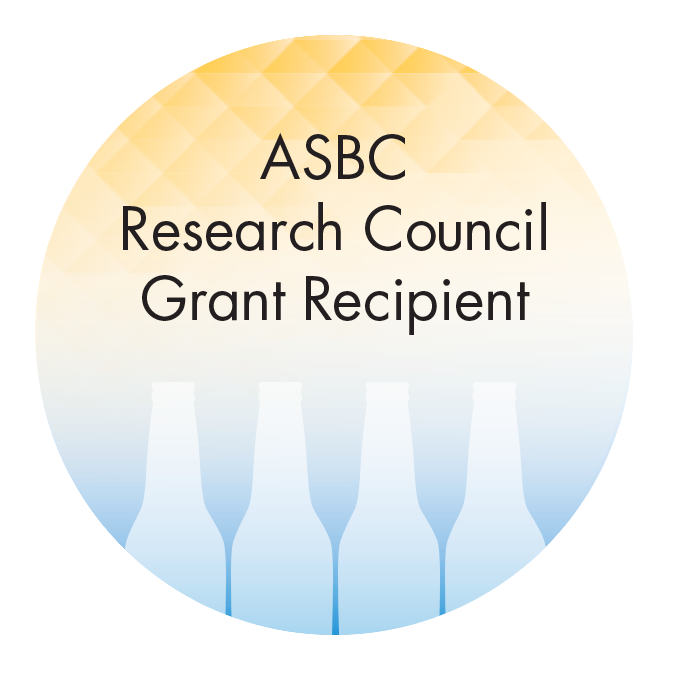2018 Project Grant

Montana State University, Bozeman, MT
Assessment of PHS Resistance Candidate Gene Variation in Barley, Hordeum vulgare L.
Small grains breeders (over many generations) have inadvertently imposed selection against seed dormancy. The reduction in dormancy has resulted in heavy susceptibility of malt varieties to preharvest sprouting, which is the precocious germination of grain while still in the ear. This phenomenon occurs when wet conditions are encountered between physiological maturity of the plant and harvest. PHS causes a severe reduction in grain quality, making the barley no longer suitable for malting purposes. This can have huge economic impacts on small malt houses and particularly on farmers who will no longer receive a premium for their crop.
Dormancy is a complex trait that is affected by many genes. While it is important for malt varieties to not be too dormant, it is also important that they retain enough dormancy in the field to be resistant to PHS. There is also variation in field dormancy among malt (and other) barley varieties. This variation indicates that genetics could be used to create a perfect window of dormancy. The genes MFT and MKK3 have been previously reported to be involved with PHS and dormancy in multiple plant species, but have not been fully characterized in barley. In this study we will fully sequence the coding regions of the two genes from multiple barley lines and look for correlations between sequence variation and preharvest sprouting. We also propose to look for new candidate genes impacting PHS by completing an association mapping study on an extremely diverse set of barley from the world core collection.
Project Objectives:
Assess ~124 common barley varieties for susceptibility to preharvest sprouting and fully sequence the exonic regions of the HvMFT and HvMKK3 genes to determine if there is any unpublished variation in these genes. Lines will be grown and assessed in triplicate for 2 years.
Project Final Report
As a sponsorship benefit, a final report will be available in the fall of 2019.
